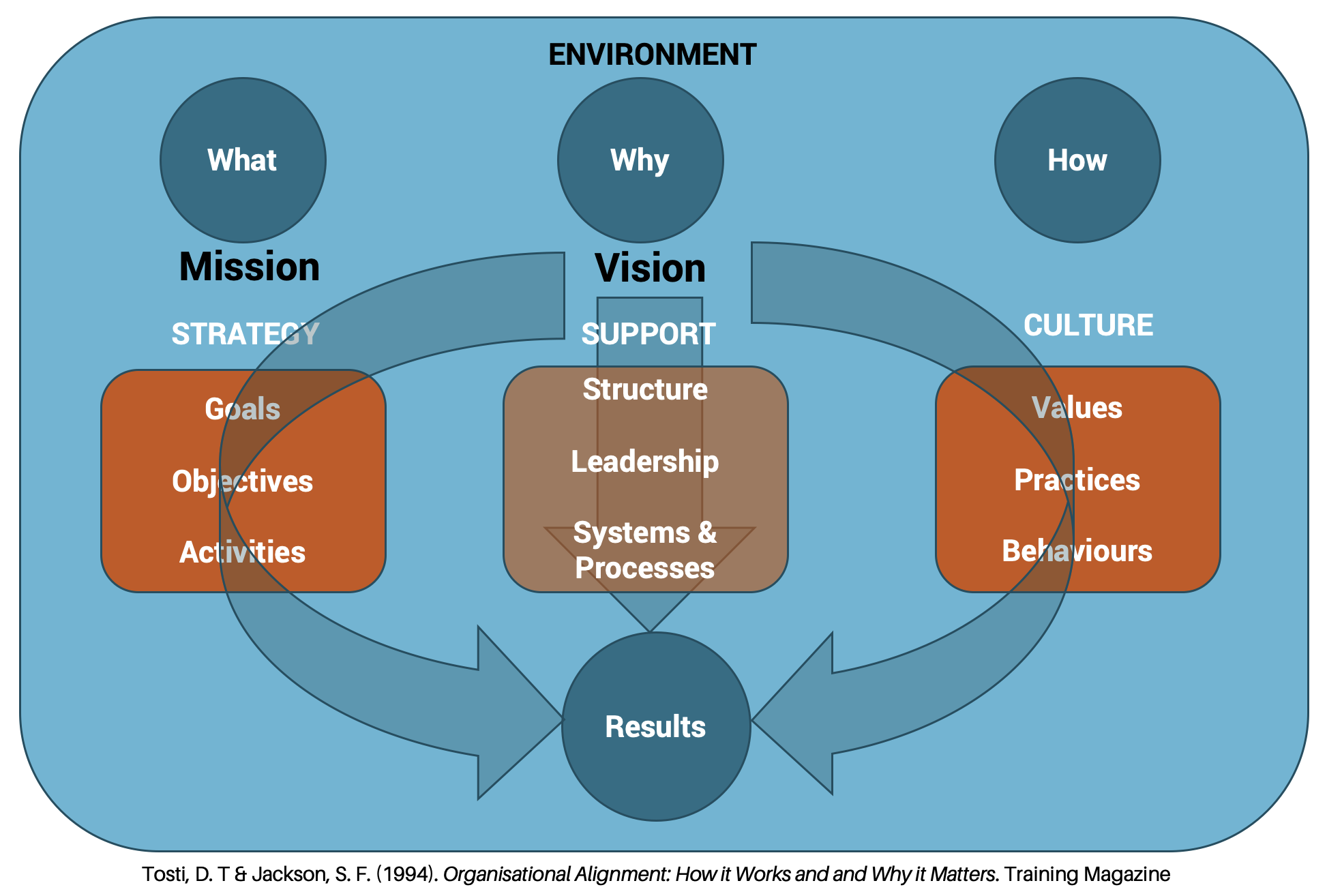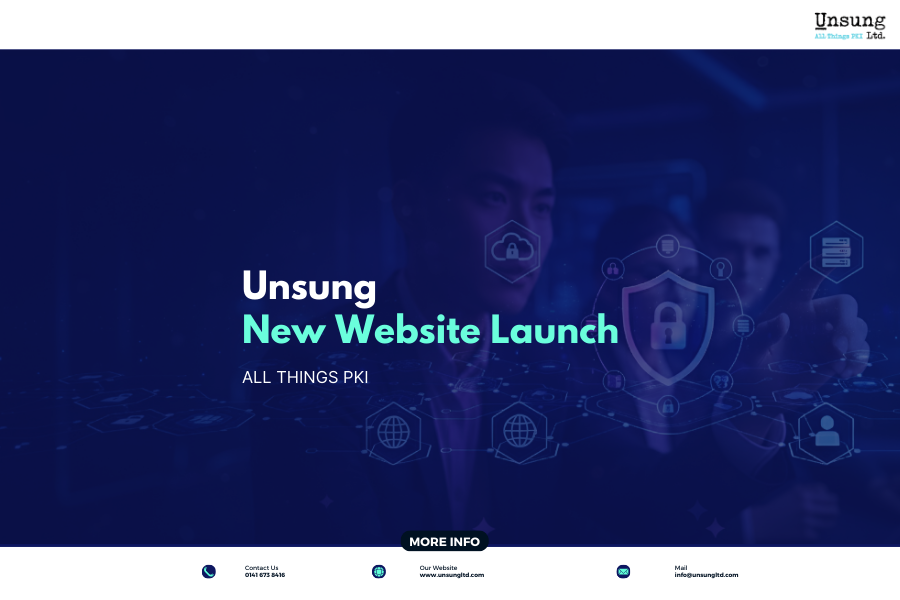
Organisation Alignment is the key to any successful business. Alignment helps organisations to function well & to be successful. It brings balance, focuses people into the areas that really matter, enables employees to understand how their daily activities contribute to the organisation’s vision, mission & strategy, it ensures change programmes achieve their intended aims.
Working as a siloed or non-aligned organisation creates gaps in your ability to, to create, innovate & deliver great customer experience. It also takes away accountability & transparency between teams & departments. In today’s digital environment, it is more important than ever to deliver streamlined and personalised customer experiences. The only way to truly accomplish this is through Organisational Alignment.
Organisational alignment, or total team alignment, is the idea that the entire team from the most entry-level employees to the CEO share a common vision and goal for the company. They work collaboratively to accomplish each goal while maintaining a sense of transparency and accountability across departments. It describes an organisation system in which strategies, values and day-to-day behaviours are consistent and compatible.
Organisational alignment occurs when strategic goals and culture values are mutually supportive, and when key components of the model are linked and compatible with each other. Market strategies should be consistent with organisational values – and perceived as such by all employees. Group objectives should be derived from the overall business strategy and supported by management practices. Peoples’ day-to-day activities and behaviours should be consistent with Mission, Strategy and Values. Systems and policies should support those activities and behaviours.
So often, so called ‘transformation’ programmes fail because systemic alignment is overlooked due to a focus on a narrow problem. Restructuring is a classic example – organisations strive to survive or increase efficiencies by reducing fixed costs – the collateral damage caused by the consultation process & redundancy programme leaves the residual workforce disillusioned, disaffected & disengaged. In this case, it’s a self-inflicted injury to not be putting energy into the leadership & cultural aspects of the organisation in order to shape engagement & resilience. Procurement or system reforms act as good examples too – it may well be a worthy ambition to focus on these areas, but if employees aren’t engaged around the intended performance gains then the business benefits won’t be realised.
In my work with senior leadership teams I’m struck by how often there is little clarity about the fundamental ‘Why, How & What’ of the organisation with a diverse range of responses to questions about vision, mission, strategy & values. Alignment starts at the top & must be a focus for all - effective business leadership is inextricably linked to creating Organisation Alignment.
If you’d like help building a senior leadership team or creating alignment in your organisation then do get in touch with me at andy@andyharmerconsulting.com









